For over a century, ecologists have questioned how the extraordinarily high number of tree species can coexist in tropical forests. In the early 1970s, Daniel Janzen and Joseph Connell independently came up with the pathogen-driven Janzen-Connell hypothesis to explain the…
Tag: PLANT SCIENCES
Researchers find multiple effects on soil from manure from cows administered antibiotics
Use of antibiotics is under heightened scrutiny due to the increased prevalence of antibiotic-resistant pathogens. While the primary focus is on more stringent use of antibiotics in medical settings, the use of antibiotics in the livestock sector is gaining increased…
BTI researchers unlocking hornworts’ secrets
Figuring out the genetic underpinnings of hornworts’ weird biology could help researchers boost agricultural output, use less fertilizer, and gain new insights into plant evolution
Nodulation connected to higher resistance against powdery mildew in legumes
St. Paul, Minnesota–Scientists have long known that nodulation is important to plant health. Nodulation occurs when nodules, which form on the roots of plants (primarily legumes), form a symbiotic relationship with nitrogen-fixing bacteria that deliver nutrients to the plant. This…
Machine learning helps plant science turn over a new leaf
Salk scientists use machine-learning algorithms to help automate plant studies
The Phenological Index
A tool to understand how ecosystems are responding to a changing climate
Plants alert neighbors to threats using common ‘language’
ITHACA, N.Y. – New research from Cornell University shows that plants can communicate with each other when they come under attack from pests. The study shows that plants can share messages in the form of airborne chemicals known as volatile…
Ant-plant partnerships may play unexpected role in ant evolution
Text mining of 89,000 scientific papers reveals new evolutionary insights
Scientists discover interaction between good and bad fungi that drives forest biodiversity
University of Maryland and Chinese Academy of Sciences researchers found that differences in soil fungus explain why tree species fare better in small numbers, a phenomenon that promotes forest diversity
Preventing future forest diebacks
Bark beetles, heat, drought, storms, and fires have damaged the German forests. Those who go for a walk there often encounter dead spruces and dried beech trees. “The forests are affected in all regions and need quick help,” says the…
USDA grant to study transport of pollen from hemp and genetically engineered switchgrass
A new season is often marked by the eruption of pollen into the air. As these invisible grains fall back down to Earth, those who suffer from grass and tree allergies are gravely impacted. And because allergy season is so…
Seagrass meadows harbor wildlife for centuries, highlighting need for conservation
Seagrass meadows put down deep roots, persisting in the same spot for hundreds and possibly thousands of years, a new study shows. Seagrasses, crucial sources of shelter and food for thousands of species, are threatened globally by coastal development, pollution…
Study finds rising ozone a hidden threat to corn
CHAMPAIGN, Ill. — Like atmospheric methane and carbon dioxide, ground-level ozone is on the rise. But ozone, a noxious chemical byproduct of fossil fuel combustion, has received relatively little attention as a potential threat to corn agriculture. A new study…
Gene responsible for lutein esterification in bread wheat identified
This work provides insight into the timing and control of esterification, related to storage and nutritional qualities of bread wheat and other grains.
Helping tobacco plants save water
Implantable Organic Electronic Ion Pump Enables ABA Hormone Delivery for Control of Stomata in an Intact Tobacco Plant
Pineapple genome sequences hint at plant domestication in a single step
As their Latin name indicates, pineapples are truly “excellent fruits”–and thanks to a freshly completed genome sequencing project, researchers have gained a new understanding of how human agriculture has shaped the evolution of this and other crops. An international team…
Microbes in warm soils released more carbon than those in cooler soils
Warming tropical soils could cause a 9% increase in atmospheric CO2 this century
Biologists track the invasion of herbicide-resistant weeds into southwestern Ontario
TORONTO, ON (Canada) – A team including evolutionary biologists from the University of Toronto (U of T) have identified the ways in which herbicide-resistant strains of an invasive weed named common waterhemp have emerged in fields of soy and corn…
How a protein connecting calcium and plant hormone regulates plant growth
Mechanism enables plants to adapt their development to their environment, Tel Aviv University researchers say
Turning up the heat for weed control
Weeds are thieves. They steal nutrients, sunlight and water from our food crops. In the case of sugarcane, yield refers to the amount of biomass and the sucrose concentration of the cane, which ultimately determines the amount of sugar produced.…
Scientists find ways to improve cassava, a ‘crop of inequality’ featured at Goalkeepers
Today, as world leaders gather for the UN General Assembly, hundreds of emerging leaders focused on fighting global inequality came together at the Bill & Melinda Gates Foundation’s third annual Goalkeepers event in New York City. Among them, University of…
The almond & peach trees genomes shed light on the differences between these close species
Transposons could lie at the origin of the differences between the fruit of both species or the flavor of the almond
Faster than ever — neutron tomography detects water uptake by roots
A team from Potsdam, Berlin and Grenoble was able to visualize the transport of water in soil as well as through roots of lupine plants using ultrafast 3D neutron imaging
High carbon dioxide can create ‘shrinking stems’ in marshes
Marshes grow shorter, denser stems under high carbon dioxide, which can help them resist sea level rise
Climate change study finds that maple syrup season may come earlier
Once winter nights dip below freezing and the days warm up above freezing sap begins to flow in sugar maples marking the start of the syrup season. U.S. maple syrup production is a global industry, which has been increasing by…
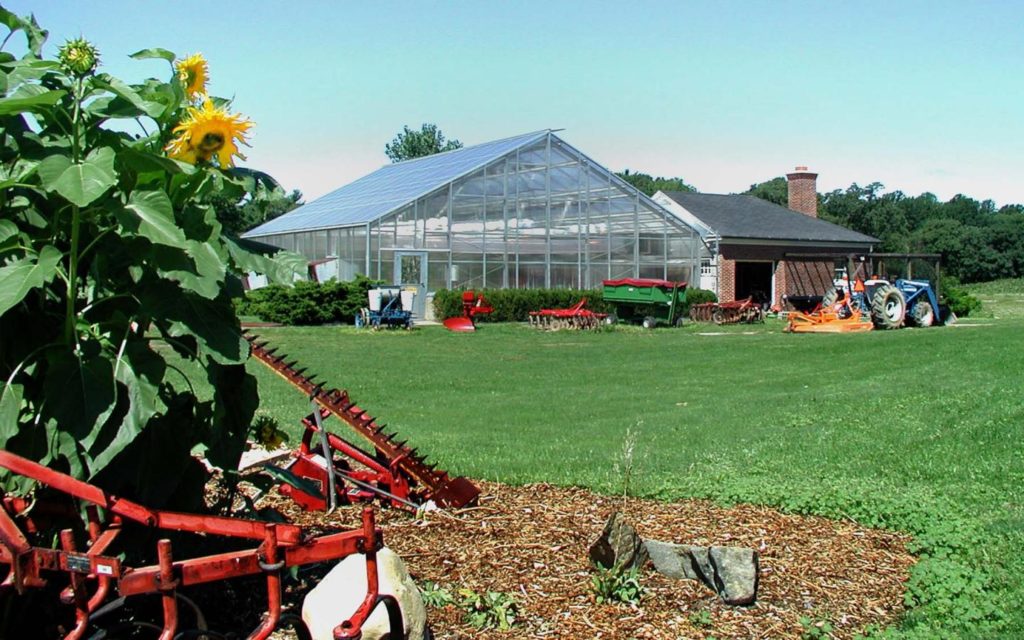
The next agricultural revolution is here
As a growing population and climate change threaten food security, researchers around the world are working to overcome the challenges that threaten the dietary needs of humans and livestock. A pair of scientists is now making the case that the…

Danforth center expands advanced bioimaging laboratory
New cutting-edge technologies will accelerate discovery
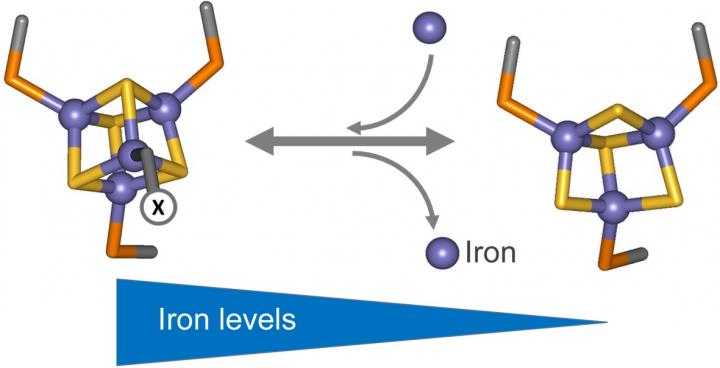
How nitrogen-fixing bacteria sense iron
Researchers at the University of East Anglia have discovered how nitrogen-fixing bacteria sense iron – an essential but deadly micronutrient. Some bacteria naturally fix nitrogen from the soil into a form that plants can use. In nature, most plants get…
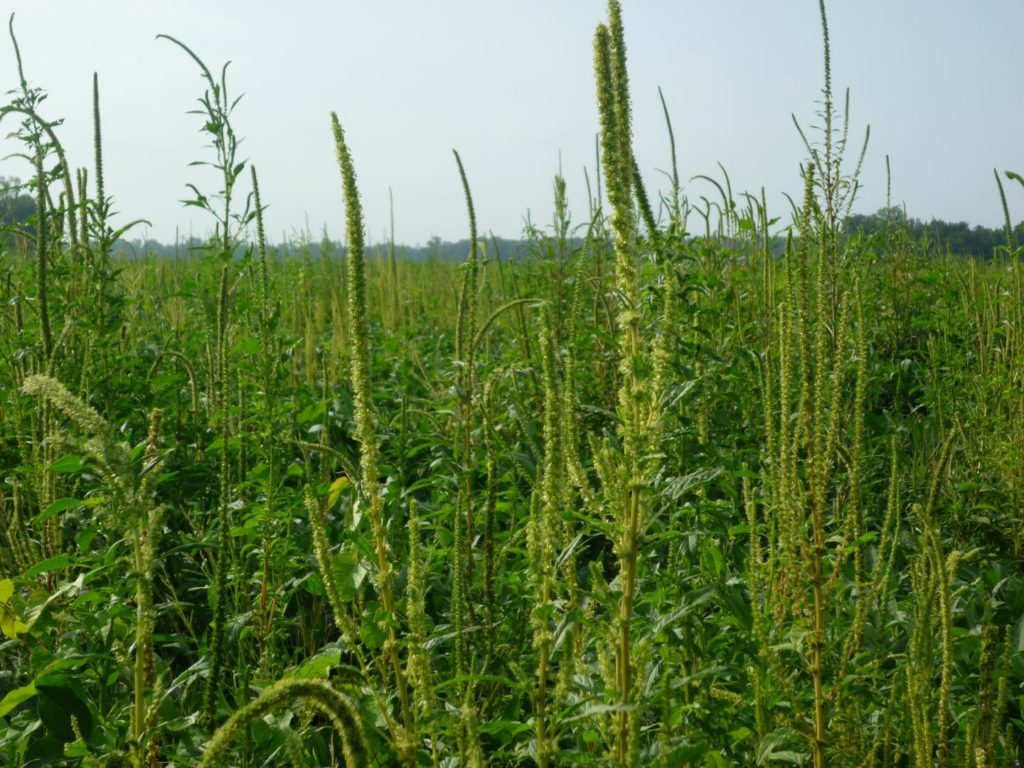
Palmer amaranth’s molecular secrets reveal troubling potential
URBANA, Ill. – Corn, soybean, and cotton farmers shudder at the thought of Palmer amaranth invading their fields. The aggressive cousin of waterhemp – itself a formidable adversary – grows extremely rapidly, produces hundreds of thousands of seeds per plant,…

Princeton researchers explore how a carbon-fixing organelle forms via phase separation
A new study yields insights into how an organelle called the pyrenoid, which helps algae remove carb
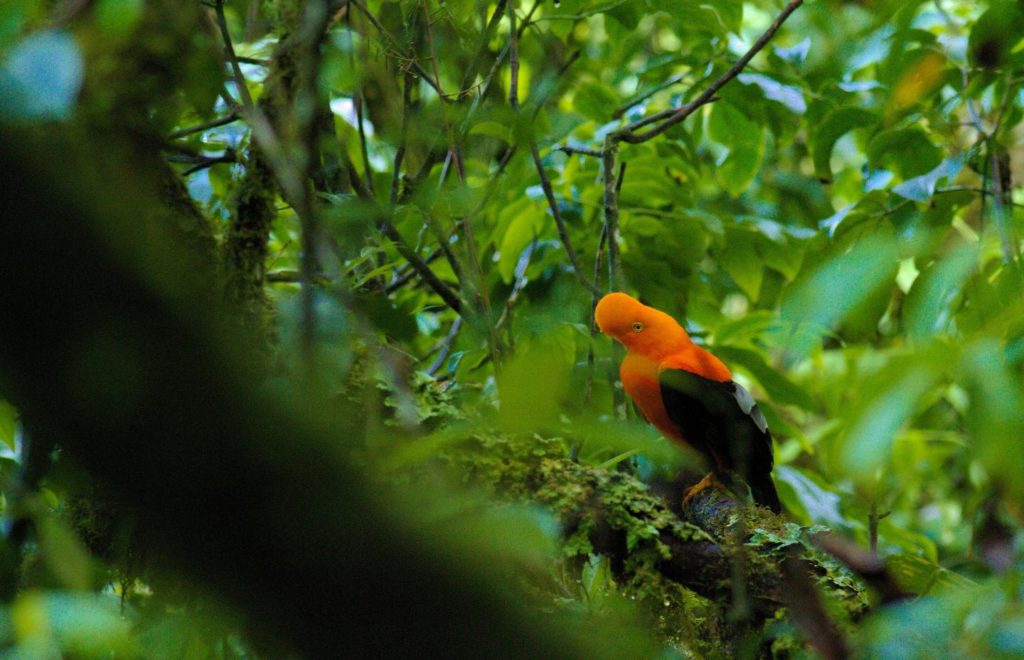
Why is Earth so biologically diverse? Mountains hold the answer
What determines global patterns of biodiversity has been a puzzle for scientists since the days of von Humboldt, Darwin, and Wallace. Yet, despite two centuries of research, this question remains unanswered. The global pattern of mountain biodiversity, and the extraordinarily…
As forests burn
Network of leading forest restoration experts features new website with latest research on drivers a
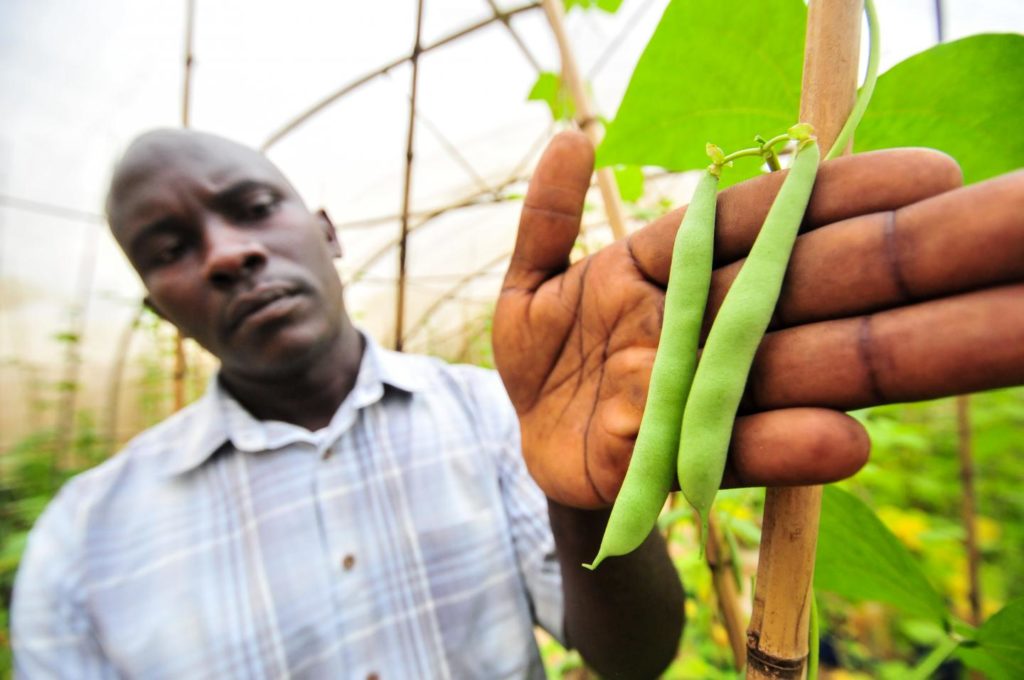
Advanced breeding paves the way for disease-resistant beans
For many people in Africa and Latin America, beans are an important staple. Historically described as “the meat of the poor”, beans are rich in protein and minerals, affordable and suitably filling. That is why they are served daily, often…
Aphid-stressed pines show different secondary organic aerosol formation
Plants emit gases, called volatile organic compounds (VOCs), that enter the atmosphere, where they can interact with other natural and human-made molecules to form secondary organic aerosols (SOAs). These tiny, suspended particles influence atmospheric processes, such as cloud formation and…
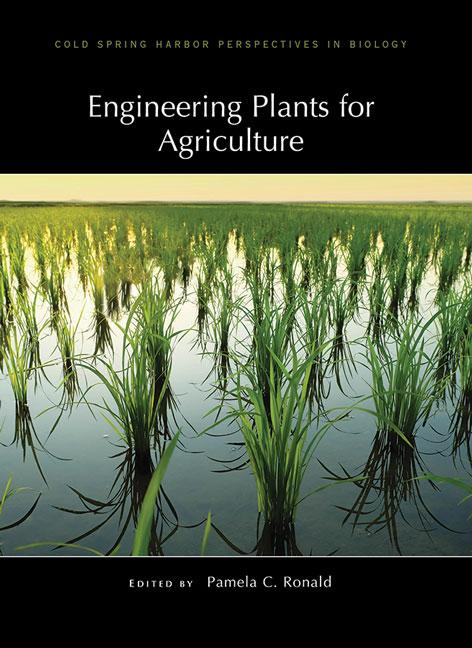
New book on engineering plants for agriculture from CSHLPress
Cold Spring Harbor, NY– Cold Spring Harbor Laboratory Press announced the release of Engineering Plants for Agriculture , available on its website in hardcover and eBook formats. Agriculture plays a vital role supporting human life on Earth but faces significant…
Microplastics stunt growth of worms — study
Commonly used plastics can affect earthworms, plant growth and pH of soil
What happens underground influences global nutrient cycles
DOE user facilities EMSL and JGI announce FY 2020 collaborative FICUS projects
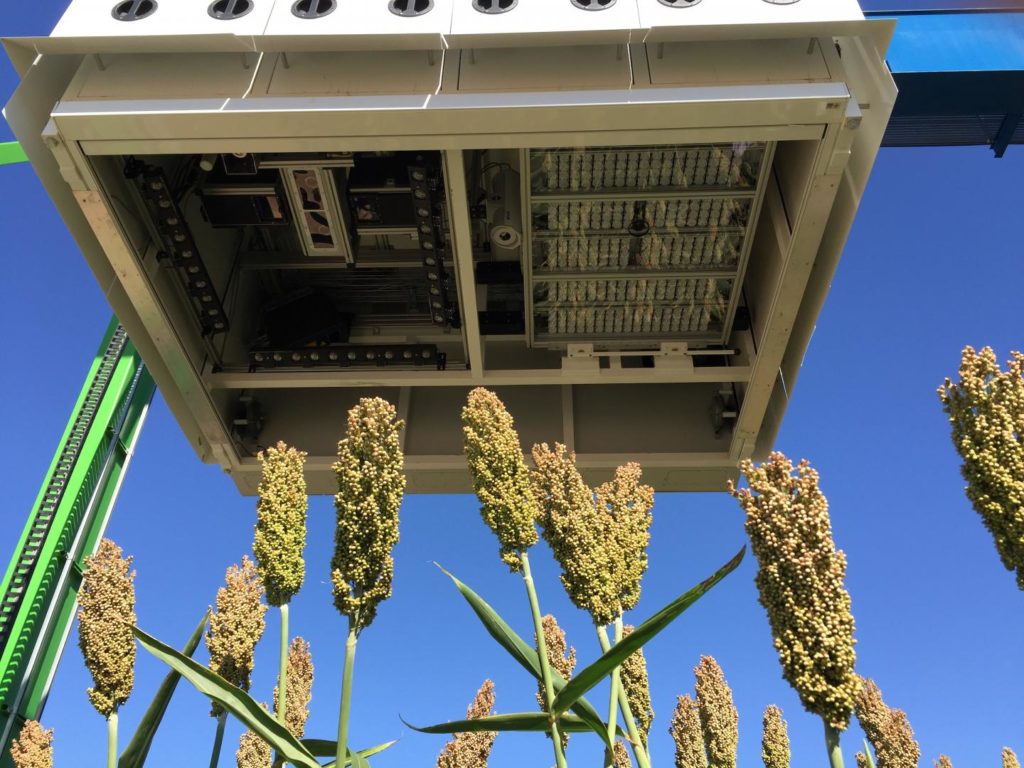
DOE taps Danforth Plant Science Center for research to improve sorghum as a bioenergy crop
ST. LOUIS, MO, September 9, 2019 – The U.S. Department of Energy (DOE) through its Office of Biological and Environmental Research (BER) has launched a major initiative to develop bioenergy crops through genomics-based research. Danforth Center Principal Investigator, Andrea Eveland,…
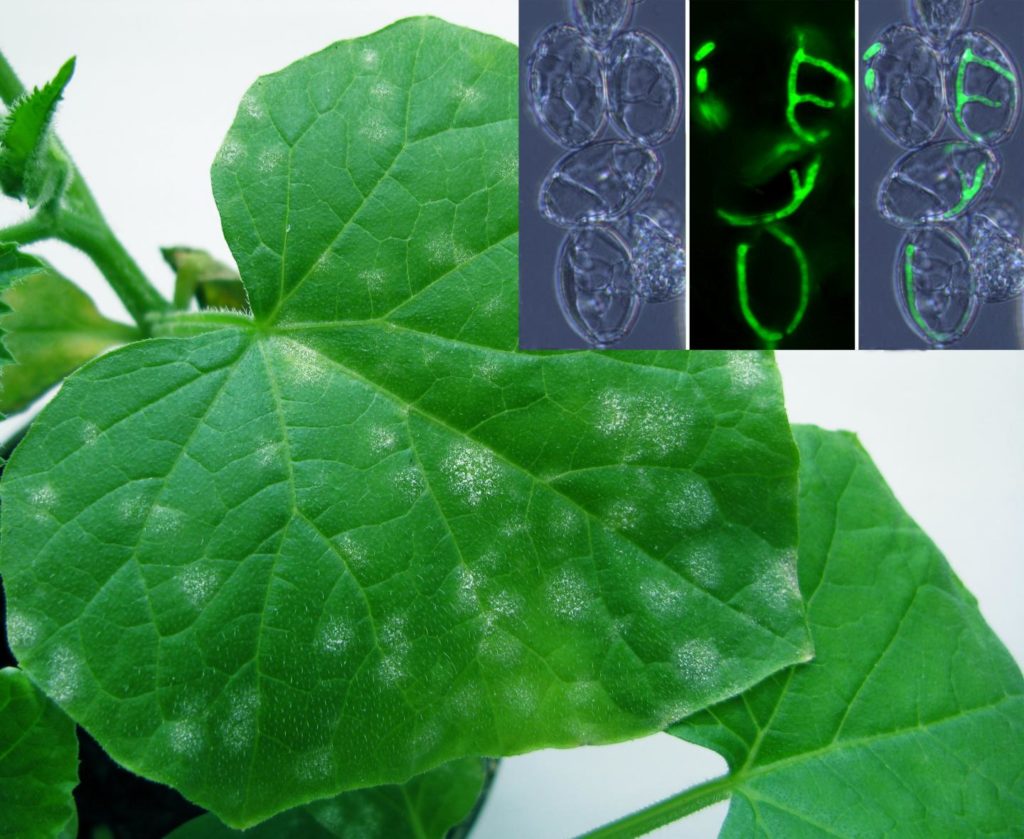
Scientists alleviate environmental concerns about BCA usage on powdery mildews
St. Paul, MN (September 2019)–Powdery mildew is a common fungal disease that infects many plants around the world, absorbing their nutrients and weakening or even killing them. In turn, powdery mildews are often attacked in the field by even smaller…

Unique mycology reference pairs genus descriptions with 1,000-plus original watercolors
According to mycologist, author, and artist Miguel Ulloa, “The best way to understand and remember scientific names is to understand their component parts or roots.” This philosophy is the inspiration for Illustrated Generic Names of Fungi : Etymology, Descriptions, Classifications,…

SPEECHLESS, SCREAM and stomata development in plant leaves
The key step in stomata development in plants has been discovered; genes that make stomata and enfor
Scientists to use advances in 3D imaging to predict effects of rising CO2 levels on crops
ST. LOUIS, MO, September 4, 2019 – Carbon dioxide (CO2) levels are higher than at any point in the past 800,000 years and in 2017, the global average amount of CO2 hit a new record: 405 parts per million, according…
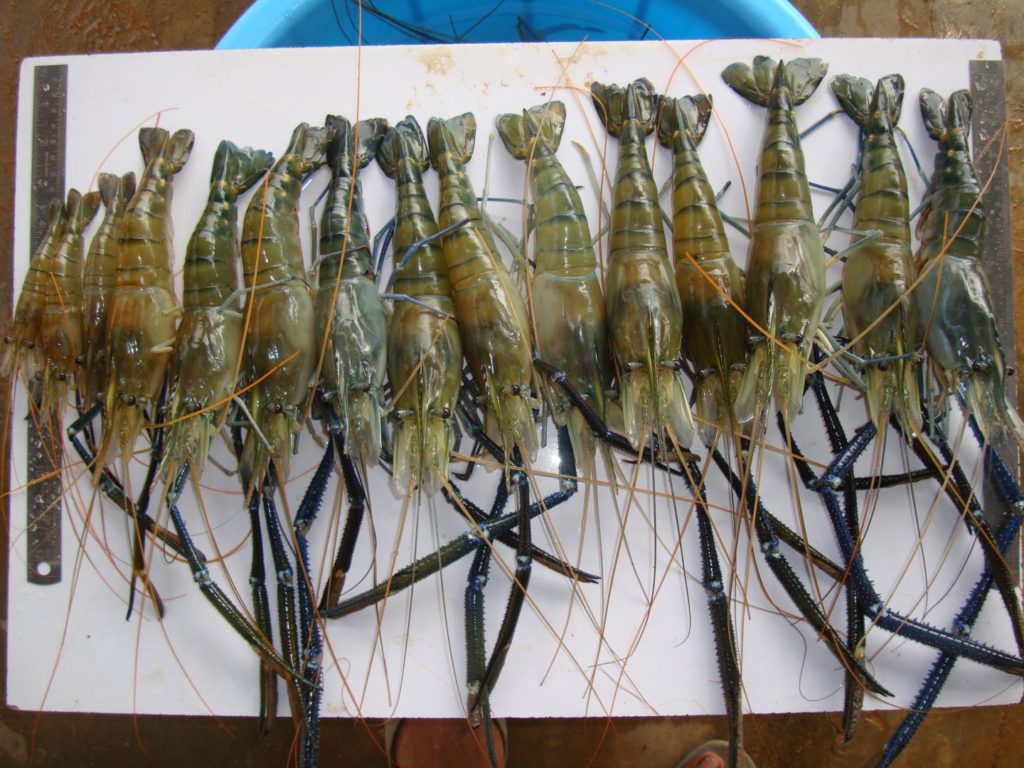
Super shrimp designed at Ben-Gurion University could increase yield and prevent disease
Shrimp consume snails that carry schistosomiasis which affects 220 million people
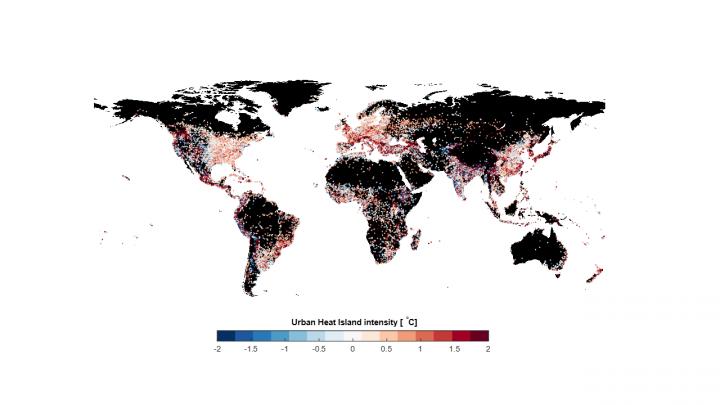
Natural ways of cooling cities
Urban heat islands are a phenomenon where the temperature in a city is noticeably higher than in the surrounding rural area. When combined with the sort of heatwave that hit many parts of Europe at the beginning of July, urban…
New Middle-grade adventure series launches with a focus on rescuing endangered species
Series penned by Eva Pell, former Undersecretary for Science at the Smithsonian and Penn State Admin
Impact of climate change on global banana yields revealed
Climate change could negatively impact banana cultivation in some of the world’s most important producing and exporting countries, a study has revealed. Bananas are recognised as the most important fruit crop – providing food, nutrition and income for millions in…
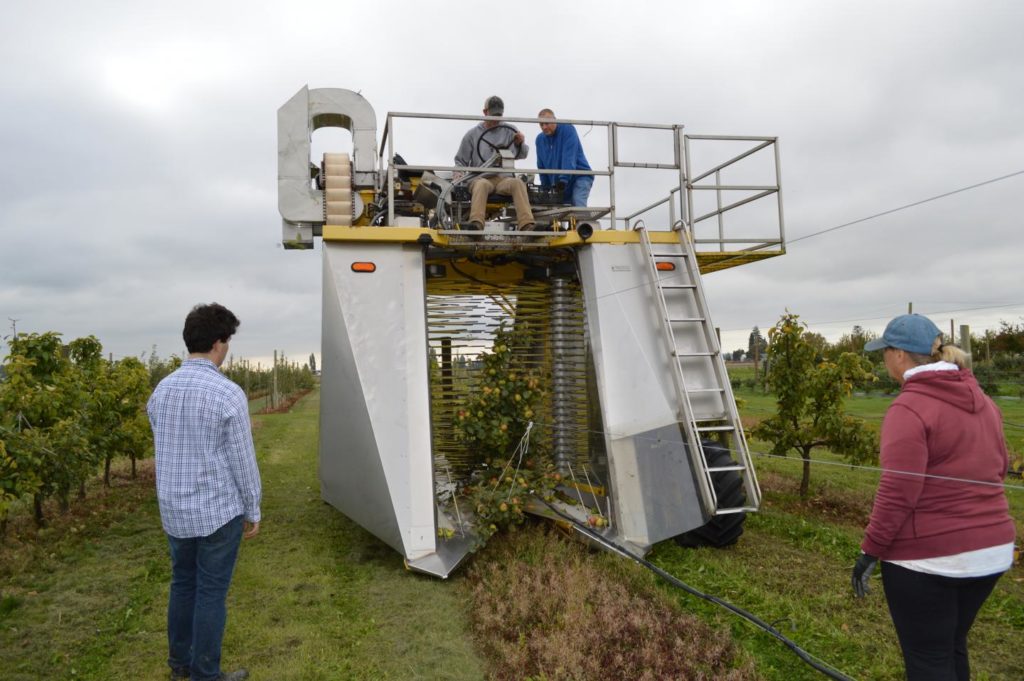
Hand- versus machine-harvested juice and cider apples: A comparison of phenolic profiles
Machine-harvested apples offer cost-effective option for growers and cider makers
New DNA sequencer method achieves early-stage and broad-range detection of wheat diseases
Plant diseases, especially those caused by fungal pathogens, jeopardize global crop biosecurity and preventing them requires rapid detection and identification of causal agents. Traditional methods for crop disease diagnosis rely on the expertise of pathologists who can identify diseases by…
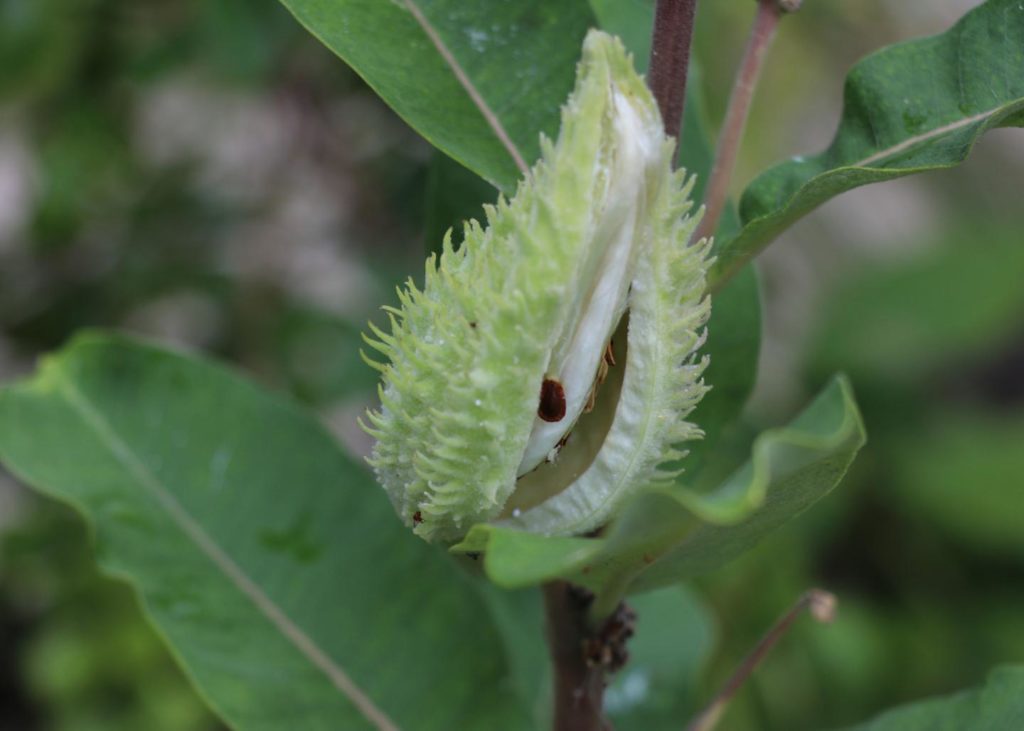
Grassland biodiversity is blowing in the wind
Temperate grasslands are the most endangered but least protected ecosystems on Earth. Grassland restorations are crucial for recovering this important but highly degraded ecosystem. Restored grasslands, however, tend to be more species poor and lose diversity through time as compared…

New biosensor provides insight into the stress behaviour of plants
Researchers develop method to track the activity of a signalling substance spatially and temporally